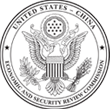Research
Research
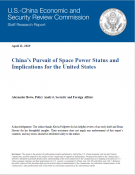
As space becomes more “congested, contested, and competitive,” as termed in the 2011 U.S. National Security Space Strategy, efforts by spacefaring nations to establish norms of behavior in space have become increasingly important. This issue brief examines China’s views on the Code of Conduct for Outer Space Activities proposed by the European Union, finding that Beijing instead continues to support a binding treaty that would ban the deployment of weapons in space, which it has jointly proposed with Russia. This treaty would significantly limit U.S. activities in space while doing little to reduce actual threats to space assets. China’s actions in regards to codes of conduct in other areas indicate it sometimes uses negotiations to prolong the status quo, and does not always adhere to its agreements. Should China continue to place a high value on developing military counterspace capabilities, its position should be expected to remain unchanged.
Research
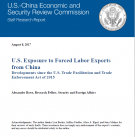
China maintains a network of prison labor facilities that use forced labor to produce goods intended for export—a violation of U.S.-China trade agreements and U.S. law. The United States continues to face difficulty in preventing these products from entering its borders, but the Trade Facilitation and Trade Enforcement Act (TFTEA) of 2015 has strengthened its ability to do so by closing a major legal loophole. Chinese authorities remain uncooperative with their U.S. counterparts; they routinely deny that forced labor occurs, and they have not allowed U.S. officials to visit suspected sites in years. Due to insufficient oversight, the supply chains of many U.S. companies remain vulnerable to forced labor-derived products.
Research
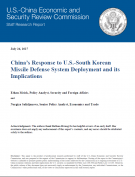
In July 2016, the United States and South Korea announced the alliance decision to deploy a U.S. Terminal High Altitude Area Defense (THAAD) antimissile battery in South Korea to defend against the increasing North Korean missile threat. The move has angered Beijing, which perceives THAAD as mostly directed at China and a regional security concern, according to its official statements. In response, Beijing has used economic coercion, among other levers, to try to compel Seoul to abandon the THAAD deployment, but these efforts have proven unsuccessful. This report includes an overview of the THAAD system and its deployment, China’s stated concerns about THAAD, and China’s array of pressure directed against South Korea. It also examines the implications of China’s forceful response to the deployment for the United States and the geopolitical landscape in the Asia Pacific.
Research
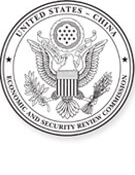
USCC Staff have compiled a table of World Trade Organization (WTO) cases brought by the United States against China from data provided by the WTO.
